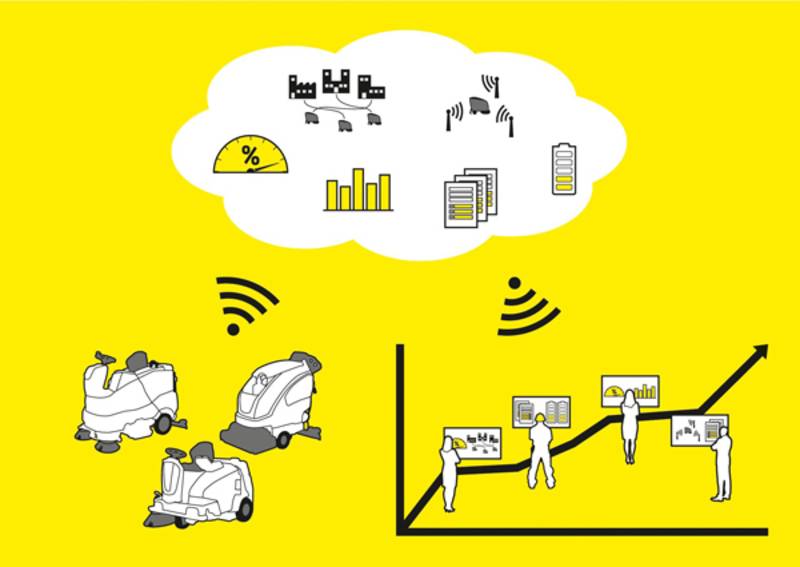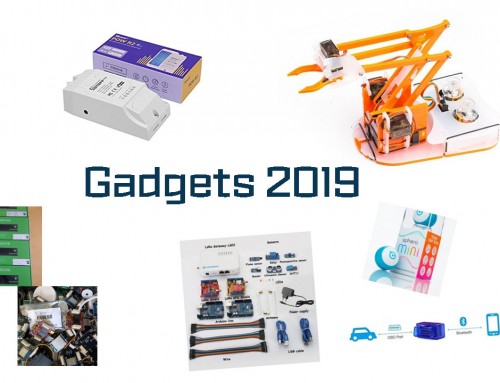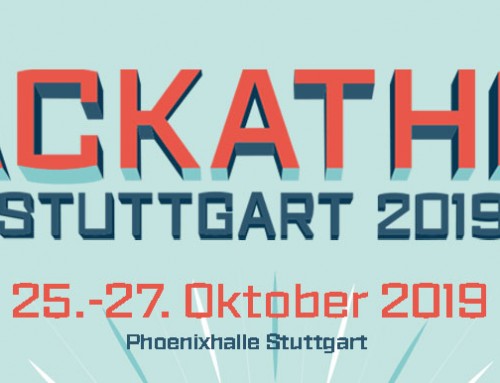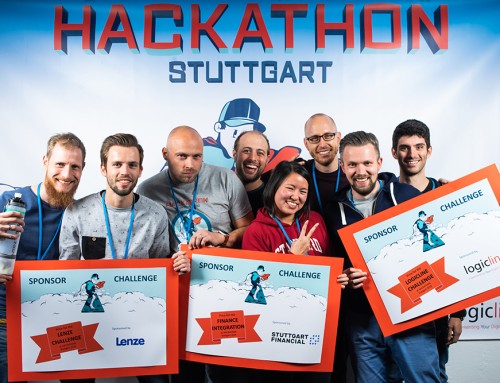Kärcher at Hackathon Stuttgart 2017
At this year’s Hackathon Stuttgart Kärcher will bring their already known Kärcher Fleet, with which a lot of great ideas were implemented last year, as well as Kärcher Robotics. For our Hackers here are the technical descriptions:
Technical description Kärcher robotics
Kärcher and its R&D is convinced that in the future there will be more and more autonomous or assisted cleaning. Robotics plays an indispensable role within this developement. With the fully automatic RoboCleaner, which had its market launch in 2005, Kärcher was a pioneer in the vacuum cleaner robot segment for private rooms. With the currently available electronics and software components, it is as easy as never before to realize an entry into robotics with simple prototypes.
In the context of the Hackathon, we want to explore the possibilities of Arduino and Co and implement unconventional cleaning solutions. The following components are available:
- Kärcher cleaning equipment
- Arduino starterset with sensors and actuators
- Makeblock robot kits
- NodeMCU incl. WLAN module
The possibilities can be extended as follows with smartphones or PCs:
- Bluetooth
- Infrared
- Wireless LAN
Following programming options are available:
- C / C ++ (Arduino, NodeMCU, PCs)
- Java (Android)
- HTML5 / Javascript (Web)
Technical description Kärcher Fleet
With „Connected Cleaning“ Kärcher develops a digital product portfolio for professional cleaning. One of the first digital products is „Kärcher Fleet“. With the help of a web portal, the customer can manage the fleet of his cleaning machines and view cleaning-related information. If a problem occurs, such as a non-adhered cleaning plan or a technical defect, the system will notify the user if desired.
The machines are equipped with the „Telematic Control Unit“ TCU, which queries corresponding data points from the machine and transmits them via GPRS mobile communication in a message-oriented manner to the cloud system. The resulting data are first stored in the „Telematic Data Management System“ TDMS. This IoT middleware is responsible for the neutral collection of all data, for the communication of configuration data to the machine and the device management itself. For the various product and user groups, various portals are provided in the „Fleet Management System“ FMS, in which the corresponding data are presented in a manner adapted to the respective requirements.
The telematics unit has, in addition to pure communication tasks, intelligence for collecting data from the connected machine control. Thus, for example, selected preprocessing steps can be carried out before the data are transmitted via the mobile radio to the back end. To communicate with a variety of different machine controllers, the TCU has various local communication interfaces:
- USB
- Ethernet
- CAN
- RS-485
- GPRS mobile communications
A WLAN stick is normally connected to the USB port, with which the TCU provides a WLAN for diagnostic purposes for service technicians. For other applications, a Bluetooth stick is connected to record iBeacons.
Hardware basic data of the telematics unit:
- 32-bit ARM v7 CPU (TI AM3352)
- 64 MB of RAM
- eMMC as a data store
- GPS / Glonass
- USB host
- software
- Linux 3.14 / Busybox
- Filesystem ext4
- SSH / SCP access
- Applications are provided in C or C ++ / QT
- Runtime
- C / C ++
- QT 4.8.x
The preprocessed information is provided via the IoT middleware via a SOAP-based API (Hackathon Kärcher App). There are several services that can be used to retrieve datapoints and events.
Via an API, it is possible to trigger acquisitions or send commands to the telematics unit. The IoT middleware also has a user interface (in the Karcher User Interface) accessible via the browser, which can be used to view information and to configure devices and data records. Several TCUs and one machine are provided. Appropriate access data and documentation for the APIs are made available to the participants on site.






